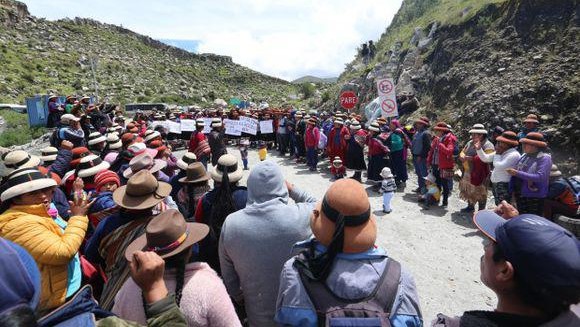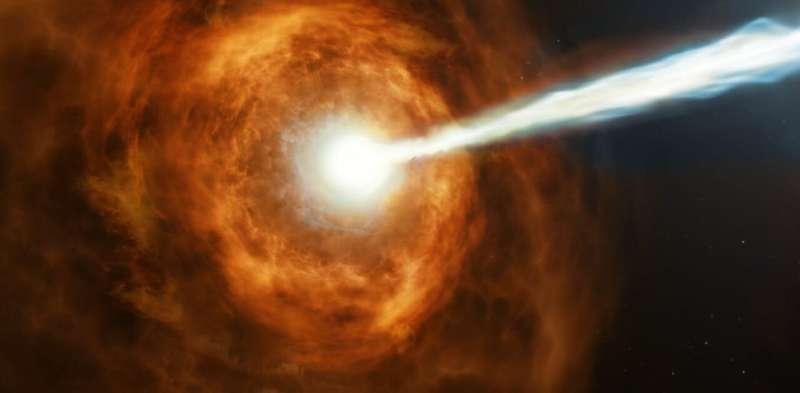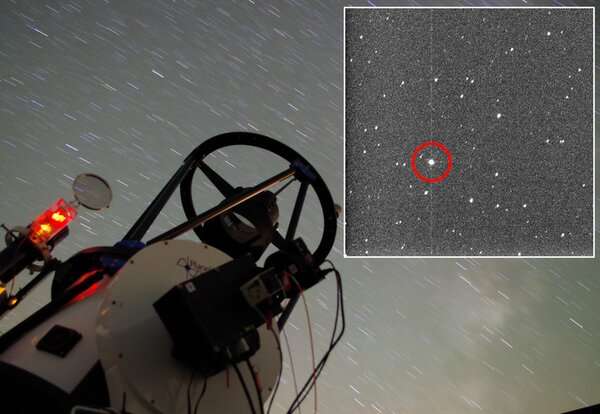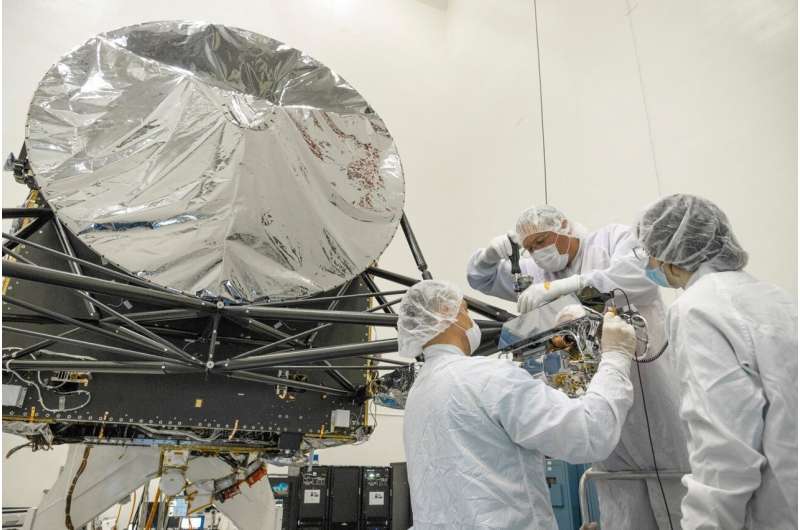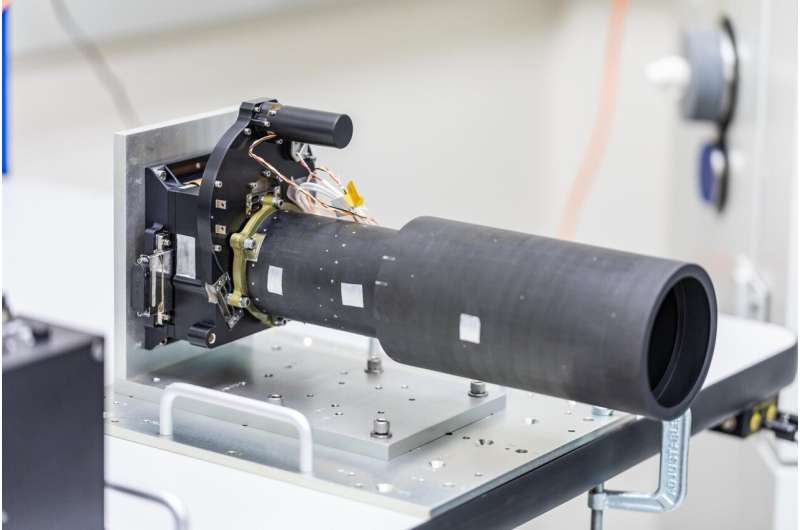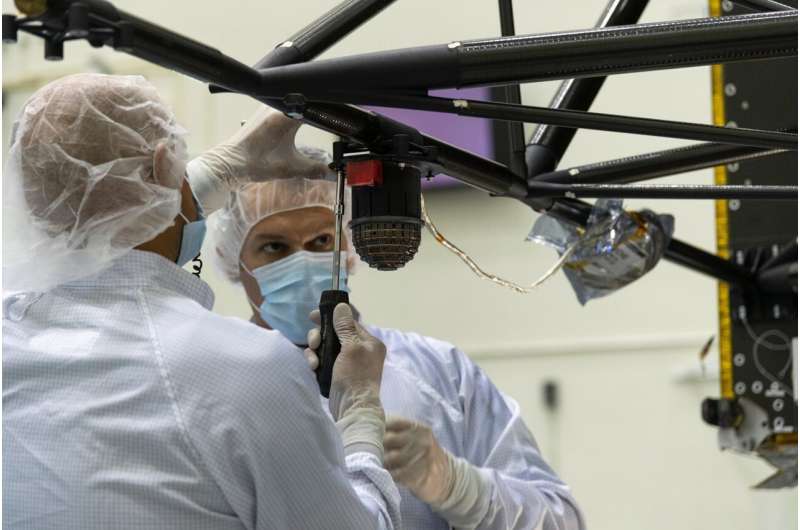Trish Saywell | October 4, 2021 |
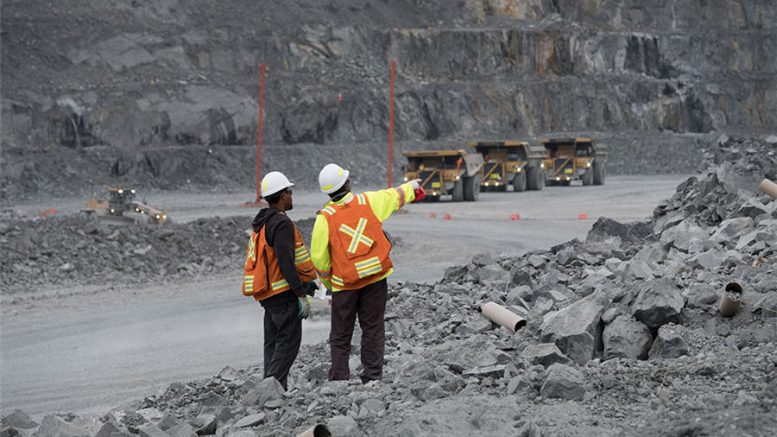
Detour Lake mine. Image from Kirkland Lake.
The mega-merger of Agnico Eagle Mines (TSX: AEM; NYSE: AEM) and Kirkland Lake Gold (TSX: KL; NYSE: KL; ASX: KLA) unveiled to the market on September 28 “makes a lot of strategic sense” but is likely to be the last blockbuster M&A deal by a major in the Canadian mining sector, according to Haywood Securities mining analyst Kerry Smith.

“Most of the big deals are done,” Smith says in an interview. “There are going to be acquisitions of assets by some of the mid-tiers—that’s what’s going to come next. I think we’ll see mid-tier mining companies buying single-asset development stage companies; companies like Rupert Resources, Moneta, and Belo Sun Mining and others — companies that are in super-easy jurisdictions to work in.”
Having assets in safe and familiar jurisdictions was one of the key drivers and rationale behind the tie-up of Agnico and Kirkland Lake, Smith says. Kirkland Lake’s assets are in Canada and Australia, while Agnico’s are in Canada (Nunavut and Ontario), Finland, and Mexico. “In terms of the assets they are acquiring and the regions they’re in, I think it’s all pretty complementary and so it’s a really smart deal.”
Smith notes that while there were rumors floating about that Kirkland Lake might merge with one of a number of other companies including Barrick Gold (TSX: ABX; NYSE: GOLD); Newmont (TSX: NGT; NYSE: NEM) or even Newcrest Mining (ASX: NCM), from the two companies’ perspective, it would be preferable to stay rooted in countries like Canada, Australia and Europe, rather than merge with a company active in riskier regions such as Africa or Papua New Guinea.
Related: Agnico Eagle, Kirkland Lake create new gold giant in $10bn mega-merger
“If I’m on the board of Kirkland Lake Gold, I’d much rather link up with Agnico than Barrick,” he says. “Barrick has operations all over Africa, so there’s stuff that they have in their portfolio that Agnico and Kirkland Lake would not be interested in at all. Newmont would be the same because it has a lot of operations in Africa … and Newcrest has assets in countries other than Australia and Canada as well.”
“Two thirds of the combined company will be in Canada, which Agnico understands very well, and Australia is a stable jurisdiction,” he continues. “Agnico has been over and looked at the Fosterville operation and it’s pretty self-sufficient and runs pretty well. Agnico has a lot of experience in underground mining and some of that will be useful at Fosterville, but Australia also has good miners.”
Overall, this will make it relatively easier to integrate the operations of both companies into one larger company, he says. “This is a quantum-sized deal for Agnico — it’s doubling the company’s size,” he says. “The reason Agnico’s board is positive is that I don’t think the integration will be nearly as difficult as if it were to buy something else with assets in different jurisdictions where they’ve never worked before.”
Third largest gold miner in the world
Smith points out that not only will the transaction create the third-largest gold mining company on the planet, but it will be a Canadian miner. “We’ve finally got another really big Canadian mining company — they’re going to have 85% of their reserves in Canada and 75% of their production is going to be in Canada. I like the deal. It’s great.”
As for comments from some Kirkland Lake shareholders on the conference call that the timing is wrong, given that the company has recently succeeded in getting the Detour mine running well and that it is still trading at a discount to where it was trading when they acquired Detour Gold, in addition to having lots of exploration upside, Kirkland Lake CEO Tony Makuch had a good answer for that, Smith recounts.
“Tony said: ‘Sure, we think we’ve got a lot of upside on exploration at Fosterville and at Macassa and Detour, but we also see a lot of upside in Agnico’s exploration portfolio too in Nunavut and Finland, so we’re trading some of our upside for their upside so I think the deal is good for both of us,’” Smith paraphrases.
As for the C$2 billion in synergies the companies say the merger will have, Smith says “I think there are more than that, but that’s the figure they are comfortable with.”
The Toronto-based analyst also believes there won’t be a competing bid. “I’m not sure why Kirkland Lake keeps trading at a little bit higher than the premium, although it has come off a bit; normally what you’d see is Kirkland Lake trading at a 2-3% discount to the implied bid. The market for some reason thinks there is some possibility for a competing bid but I can’t see it; I can’t see anyone else coming in. And there’s a C$450 million break-fee. Barrick’s Mark Bristow has said a hundred times he’s not going to pay a premium, so I don’t think there’s a competing bid out there, but I still think this is a great bid.”
(This article first appeared in The Northern Miner)

